Cloak of gold: How the Tour de France's yellow jersey can transform a rider's life
Riding into yellow on day one of the Tour is one of cycling's most treasured prizes. Tom Davidson salutes Romain Bardet and speaks to others touched by the magic of the first-day maillot jaune
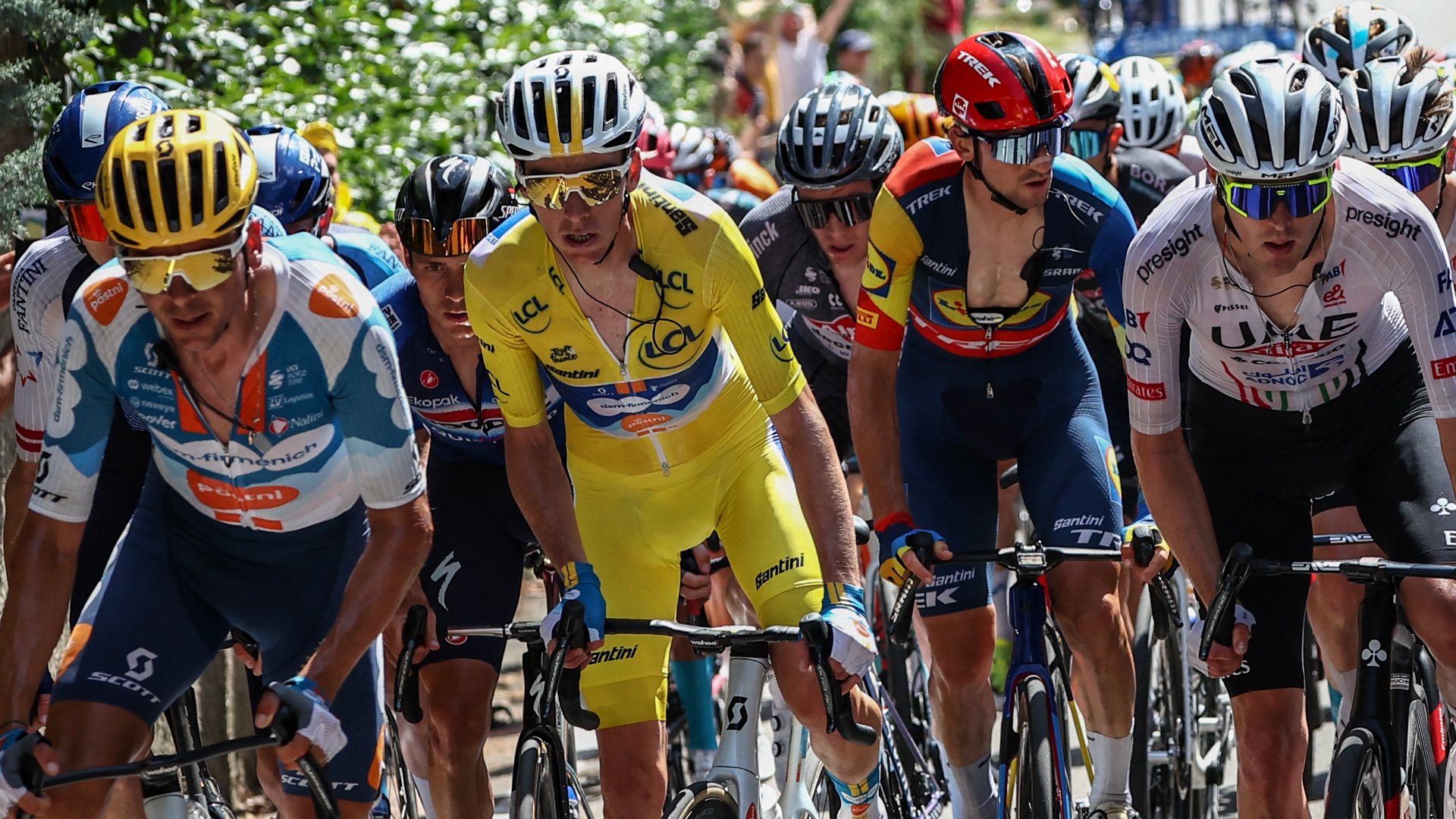
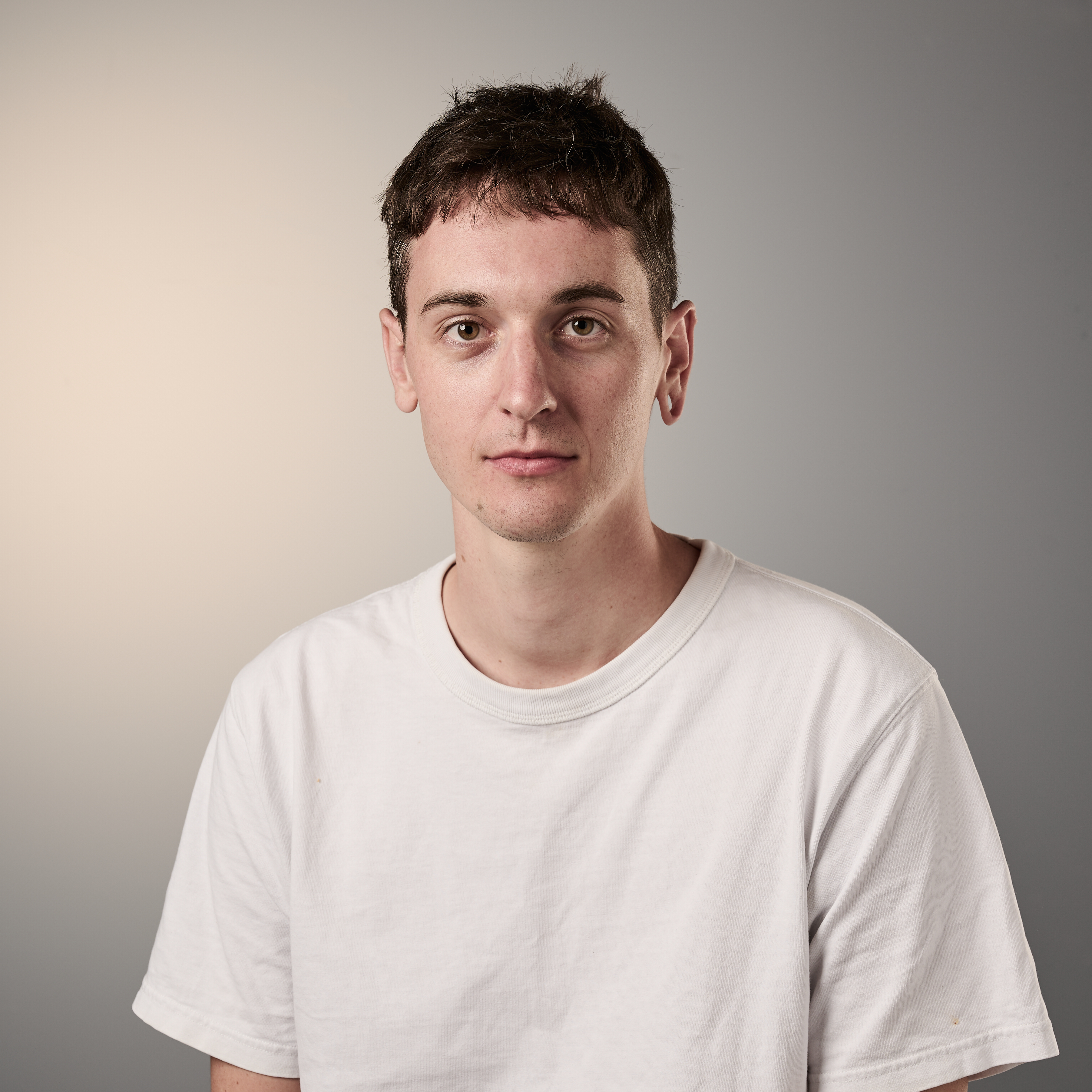
Romain Bardet was always the romantics’ pick to win the first yellow jersey of this year’s Tour de France. The Frenchman had never worn yellow and had not won a stage of the Tour since 2017. Would he ever do so again?
“This might be his best chance,” Chris Marshall-Bell boldly declared in CW’s stage one preview, published in the print magazine. Only the Frenchman’s most faithful followers were willing to gamble on a 33-year-old nearing retirement, despite the odds on the DSM-Firmenich rider at the start of the day standing at 100/1. At the end of it, he stood alone on stage, beaming to the crowds gathered along the promenade in Rimini, wearing yellow for the first time. “I’ve waited my whole career for that moment,” Bardet said as he walked down the podium steps.
Perhaps the sport’s greatest privilege is one that few get to experience.
To win the yellow jersey, even to wear it for a day, is a ticket to immortality in cycling. “When you wear it, you’re wearing the legend,” reads an advert from Santini, the brand responsible for making it. Every year, the opening day of the Tour de France is unique in offering a twofold prize: a stage win, and a chance to wear the legend in front of the world.
Bardet’s surprise win landed him just one day in the maillot jaune; here are the stories of three more unlikely winners who pulled off the coup and in doing so wrote themselves into the Tour’s history book.
Yves Lampaert: 2022: Copenhagen (ITT 13.2km)
“I’m just a farmer’s son from Belgium,” a stunned Yves Lampaert told the TV cameras, his voice quavering and eyes welling up, after the biggest victory of his career. The moment was overwhelming. As the interviewer began the next question, the Belgian dragged his forearm across his face, wiping away his tears.
Lampaert, then 31, never expected to win in Copenhagen on 1 July, 2022. His goal was a top 10 placing, he tells CW, two years on. “I hoped for a top five,” he says. When he was finally declared the winner, having spent an hour and a half in the time trial hot seat, he recalls having “no words”. “At that moment, I remembered 15 years before, when I watched the Tour de France with my brother in the school holidays,” he says. “We always had to work on our parents’ farm together. My brother was very much a cycling enthusiast, me a bit less, but if we could escape the work, and hang out a bit on the couch to watch the race, I’d always join him. Then, so many years later, you take a victory for yourself. I thought where I came from, to where I am now, it’s quite special.” Lampaert’s farmer’s son line became one of the most famous soundbites of the entire race that year.
Get The Leadout Newsletter
The latest race content, interviews, features, reviews and expert buying guides, direct to your inbox!
He quickly understood why. “A lot of people were admiring that a normal guy could win the yellow jersey for one day,” he says. “It showed that, with a lot of work, you can also make great things in your life.”
Going into the 2022 edition, the Soudal Quick-Step rider was in tremendous form against the clock. He won the time trial at the Baloise Belgium Tour two weeks before the Danish Grand Départ, and placed second to Remco Evenepoel at the National Championships. “Maybe it was the only chance in my career to take yellow,” he says. To this day, it’s the only Tour de France stage Lampaert has won. “You are, for one day, the star of your country,” he says. “I think I got 500 messages on WhatsApp and 10- 15,000 more followers on Instagram. It is unbelievable what it does with your publicity, and then you realise how big the Tour de France is.”
Mike Teunissen: 2019: Brussels (194.5km)
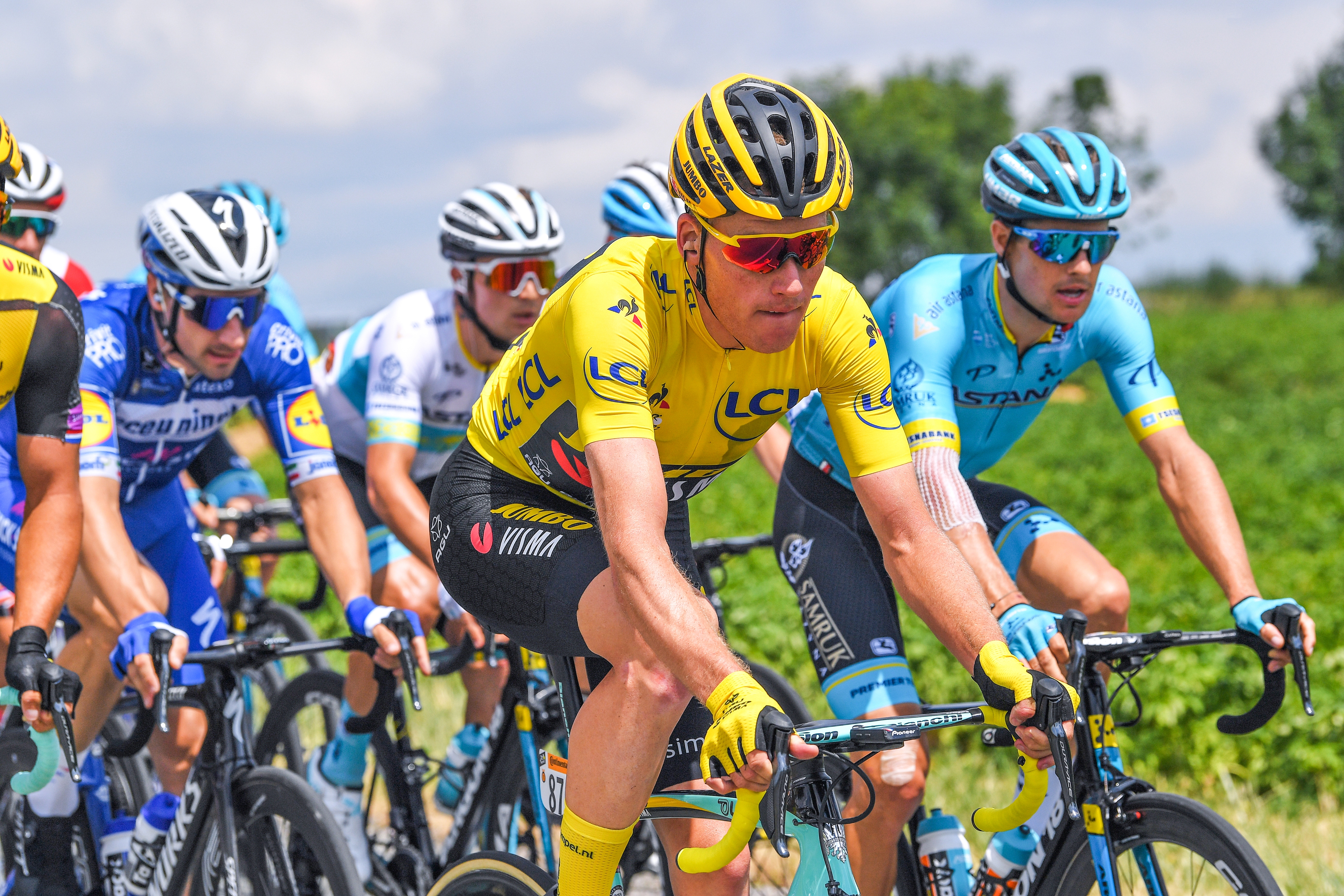
Leadout man Teunissen found himself the leading man in 2019
Prior to his surprise win on the opening day of the 2019 Tour de France, Mike Teunnissen reckoned that “maybe 20 guys in the bunch” knew who he was. The race arrived with a lot of pomp that year – the 100th anniversary of the yellow jersey – and the Dutchman’s days of anonymity came to a ceremonious end. “Suddenly, everyone came to say congrats, good job, special sprint,” he remembers. Even weeks later, once he had returned home to the Netherlands, people stopped him in the street to praise him.
According to the original script, Dylan Groenewegen was supposed to win the first stage in 2019. Teunissen went to the race as his then Jumbo- Visma team-mate’s leadout man, tasked with chaperoning him into the flat finale. Suddenly, inside 2km to go to the line in Brussels, a crash brought Groenewegen to the floor. “I looked back to try and see some yellow [Jumbo-Visma] jerseys or yellow helmets somewhere, but I didn’t see them, and I didn’t hear him,” Teunissen says. “I just thought to take my position, then whenever I heard him or saw him again, I could still do my leadout.”
Without a WorldTour victory to his name, Teunissen bided his time into the wind, riding on “intuition”. When the time came to sprint, he kicked past Caleb Ewan and Peter Sagan, beating the Slovakian by the width of his tyre. “It’s still one of the most special days of my cycling career,” he says. “When it’s the first day, you get the yellow jersey and everything around it. It’s better to do it that way, instead of stage 18 or something.” What does it mean to him now, looking back? “There are a lot of guys now in cycling who are really good, but they’ve never worn the yellow jersey. To be in that list, among those special guys, it’s quite big. It’s really nice. It’s hard to realise at some moments, but when you look at that list of names, you realise it’s actually really big, and maybe one of the biggest things you can do in cycling.”
Today, the jersey hangs in the hallway of the 31-year-old’s home, together with the one he got the following day, after Jumbo-Visma won the team time trial. “When I come down the stairs, I stumble upon it and look at it,” the now Intermarché- Wanty rider says, “and still realise sometimes it’s a nice achievement.”
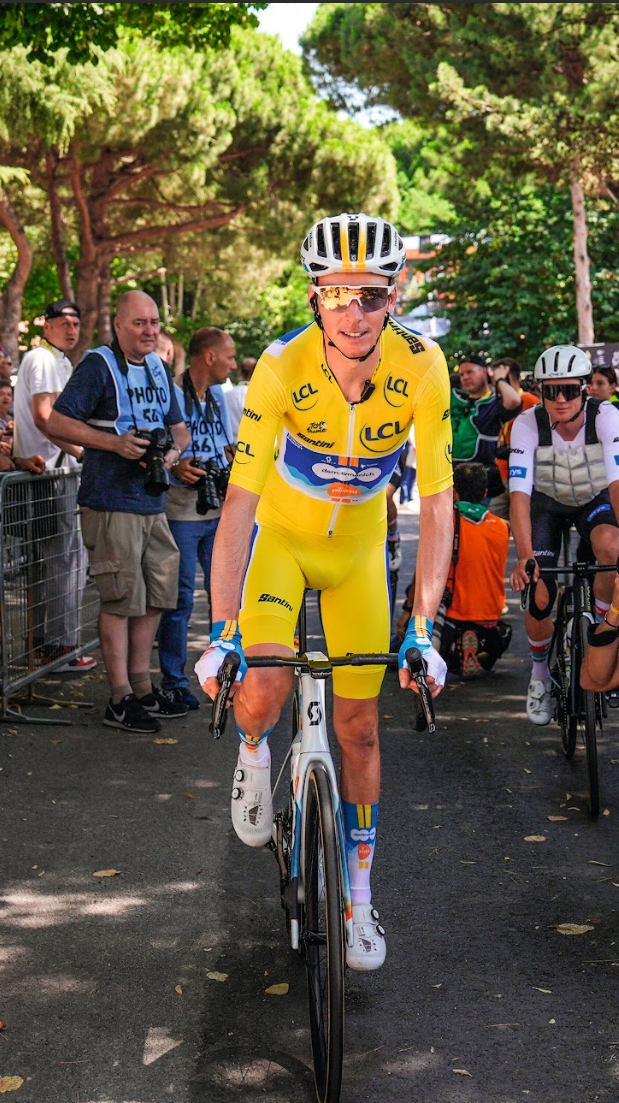
Romain Bardet finally gets his day in yellow
Serial yellow wearers
The lure of winning the first yellow jersey is so inviting that some pros made a career habit of targeting it. Three riders have pulled off the feat five times: André Darrigade in the 1950s, Bernard Hinault in the 1980s, and Fabian Cancellara in the early 2000s. The latter two ruled over prologue time trials, which were typically less than 10km in length, and were a staple curtain-raiser at the race between 1967 and 2007.
“It was the unofficial time trial championships of the world,” says Chris Boardman, who won three yellow jerseys in prologues in the 1990s. “They just lent themselves more to pursuiting than time trialling. Everybody else went to France for a three-week race, and we’d gone for eight minutes. Everything would have been focused on eight minutes.”
Speaking to Cycling Weekly from his desk at home, Boardman sits with a stuffed LCL lion, a modern-day stage winner’s prize, lurking over his shoulder on the shelf behind him. “It was the biggest moment of my professional career winning the prologue for the first time in Lille in 1994,” he says, “because it’s the only time when you take the yellow jersey. We normally just turned up and clapped and made up the numbers.”
David Millar: 2000: Futuroscope (ITT 16.5km)
David Millar rubbed his hands together when he saw the course for his Tour de France debut. “It was this sort of fate in a sense that it was a 10-mile time trial that first day, which was where it started,” he says. “It just happened to be the event where I had done my first ever race.” On his first outing at the Tour, aged 23, he won ahead of the defending champion, his former team-mate Lance Armstrong, who he beat by two seconds.
Speaking to CW 24 years on, Millar remembers “flipping out” days before the race. It wasn’t the occasion that fazed him, rather an issue with his kit. “It was too baggy,” the then Cofidis rider says. “The mother of the general manager of the team restitched the skinsuit so it was skin tight, and I got it the night before.” The next day, the Brit turned up at the start line relaxed, free from expectation. He signed autographs, and waved to camera crews, before doing what he did best: ride his bike fast over 10 miles.
“I refused to believe that I was going to win, as is the habit of any time triallist,” Millar recalls. He had set off around 40th from last, with his mother following in the car behind, and had to wait until the final pedal strokes of the last rider on the course, Armstrong, before he knew victory was his.
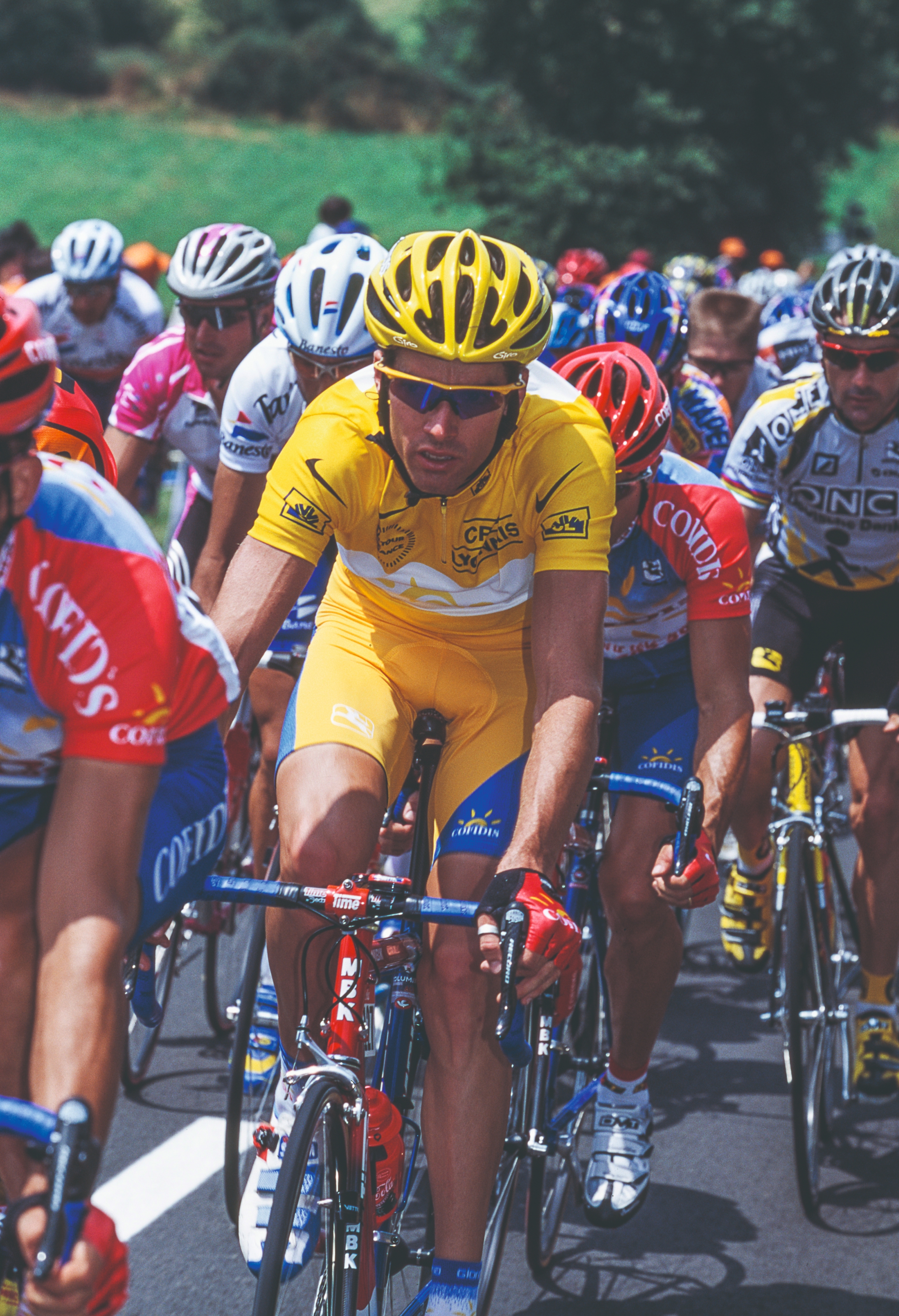
TT specialist Millar put in a golden performance to head up the GC in 2000
“All of a sudden, you’re draped in a cloak of gold,” he says of the following stage. “Everyone gives you space. You can go where you want in the peloton. Everyone respects the yellow jersey. It’s got this aura about it, and it doesn’t matter who’s in it, you pay your dues. Even if it’s briefly, you’re put in the pantheon of the greats of cycling.”
The win also transformed his life back home. “When I’d left Biarritz, where I lived, I didn’t know anybody there. When I returned, everybody knew me, which was just completely wild. All of a sudden, Biarritz took me as their own, and referred to me as a Biarrot,” he says. “The mayor had a ceremony for me.” Millar went on to win medals at the World Championships, and compete in 12 Tours de France.
In 2004, he admitted to taking performance-enhancing drugs, and was banned for two years. Time trialling, he says, was “a discipline where I could win without doping”.
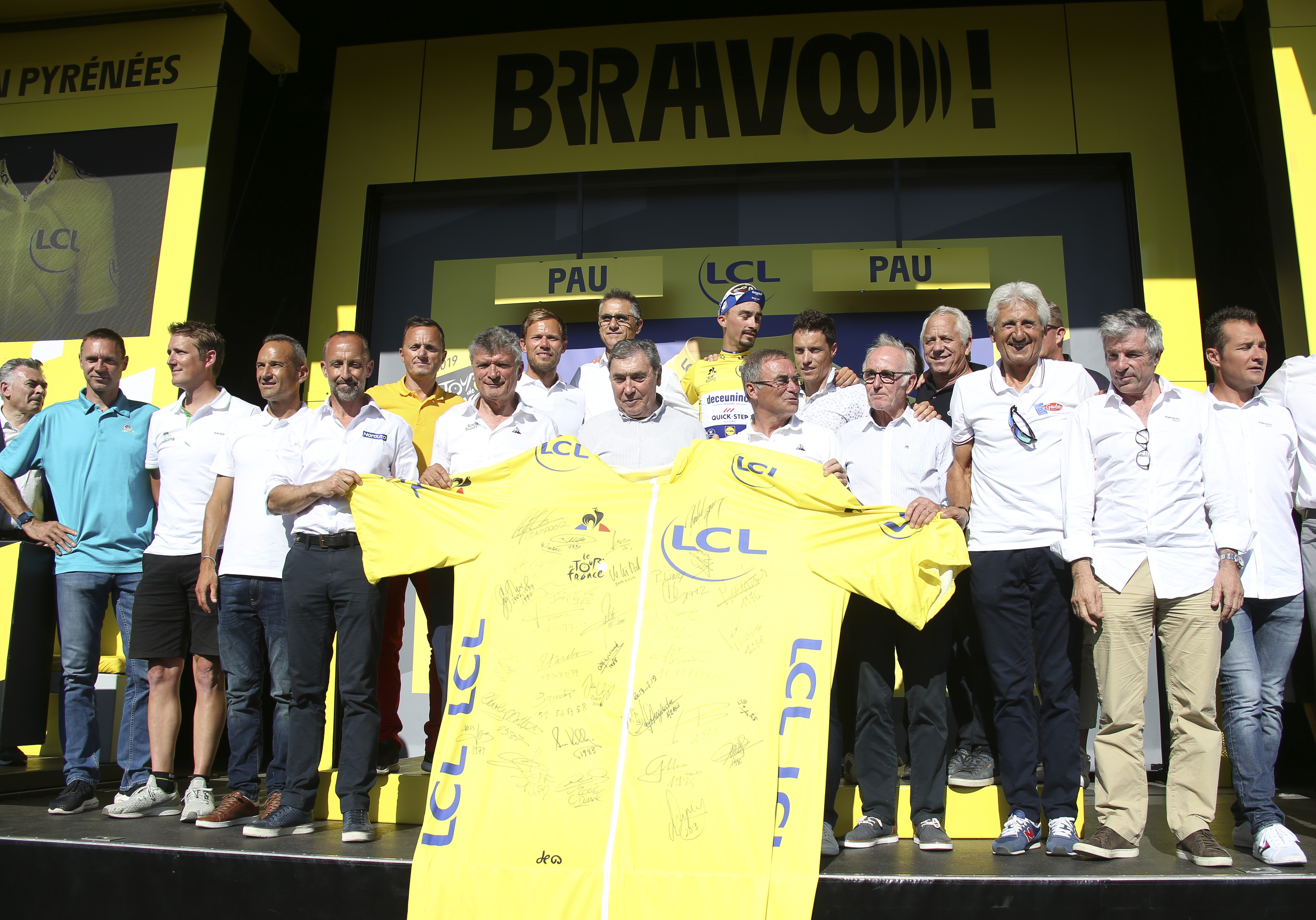
Celebration of the 100th anniversary of the first yellow jersey worn in 1919 by Eugene Christophe of France
Why yellow?
It might come as a surprise to know that, in the early days of the Tour de France, the race leader was signalled only by a green armband. The yellow jersey was introduced In 1919, 16 years after the race’s inception, after mounting complaints that it was too diffi cult to spot the leader. The honour of the first one went to Eugène Christophe, though the colour wasn’t to the Frenchman’s taste. He grumbled at the time that people laughed at him and called him a “canary”, something that later earned him the nickname ‘Cri-cri’, the French mimicry of a bird call.
The colour, of course, was not chosen to ridicule. It came from the newspaper L’Auto, the publication that created and organised the race and which was printed on yellow paper. The colour has stuck ever since, though the newspaper shut down in 1944, giving way to its successor, L’Équipe.
Yellow fever
Although Bardet wore yellow just for a day, his golden feat sparked global intrigue over the weekend. The Frenchman’s popularity skyrocketed, with more people than ever searching his name online. On his instagram page, his stage-winning photo garnered 10 times the engagement of his usual posts, tallying 95,000 likes in a day. ‘L’Empereur Romain’, The Romain Emperor, as L’Équipe’s front page dubbed him, ruled over cycling for a brief yet glorious reign. Come the end of the second day, the jersey was on the more familiar shoulders of Tadej Pogačar, and the race plot moved on. The history books, though, and the hearts of the fans, will always remember Bardet in yellow.

Thank you for reading 20 articles this month* Join now for unlimited access
Enjoy your first month for just £1 / $1 / €1
*Read 5 free articles per month without a subscription

Join now for unlimited access
Try first month for just £1 / $1 / €1

Tom joined Cycling Weekly as a news and features writer in the summer of 2022, having previously contributed as a freelancer. He is fluent in French and Spanish, and holds a master's degree in International Journalism. Since 2020, he has been the host of The TT Podcast, offering race analysis and rider interviews.
An enthusiastic cyclist himself, Tom likes it most when the road goes uphill, and actively seeks out double-figure gradients on his rides. His best result is 28th in a hill-climb competition, albeit out of 40 entrants.
-
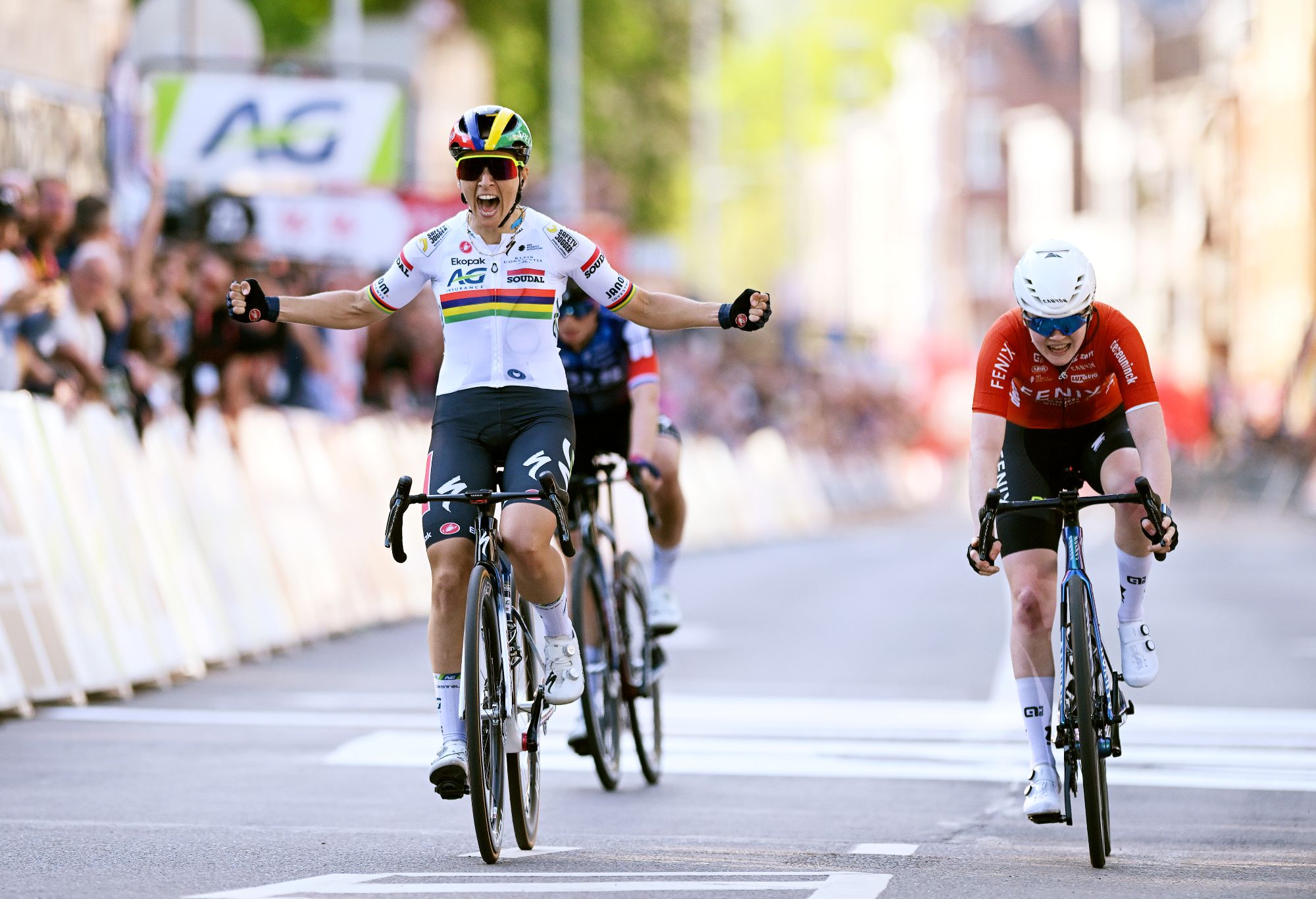 Kim Le Court outsprints Demi Vollering and Puck Pieterse to take Liège-Bastogne-Liège Femmes victory
Kim Le Court outsprints Demi Vollering and Puck Pieterse to take Liège-Bastogne-Liège Femmes victoryMauritian edges out former Tour de France Femmes winner and La Flèche Wallonne champion to take unexpected win
By Tom Thewlis
-
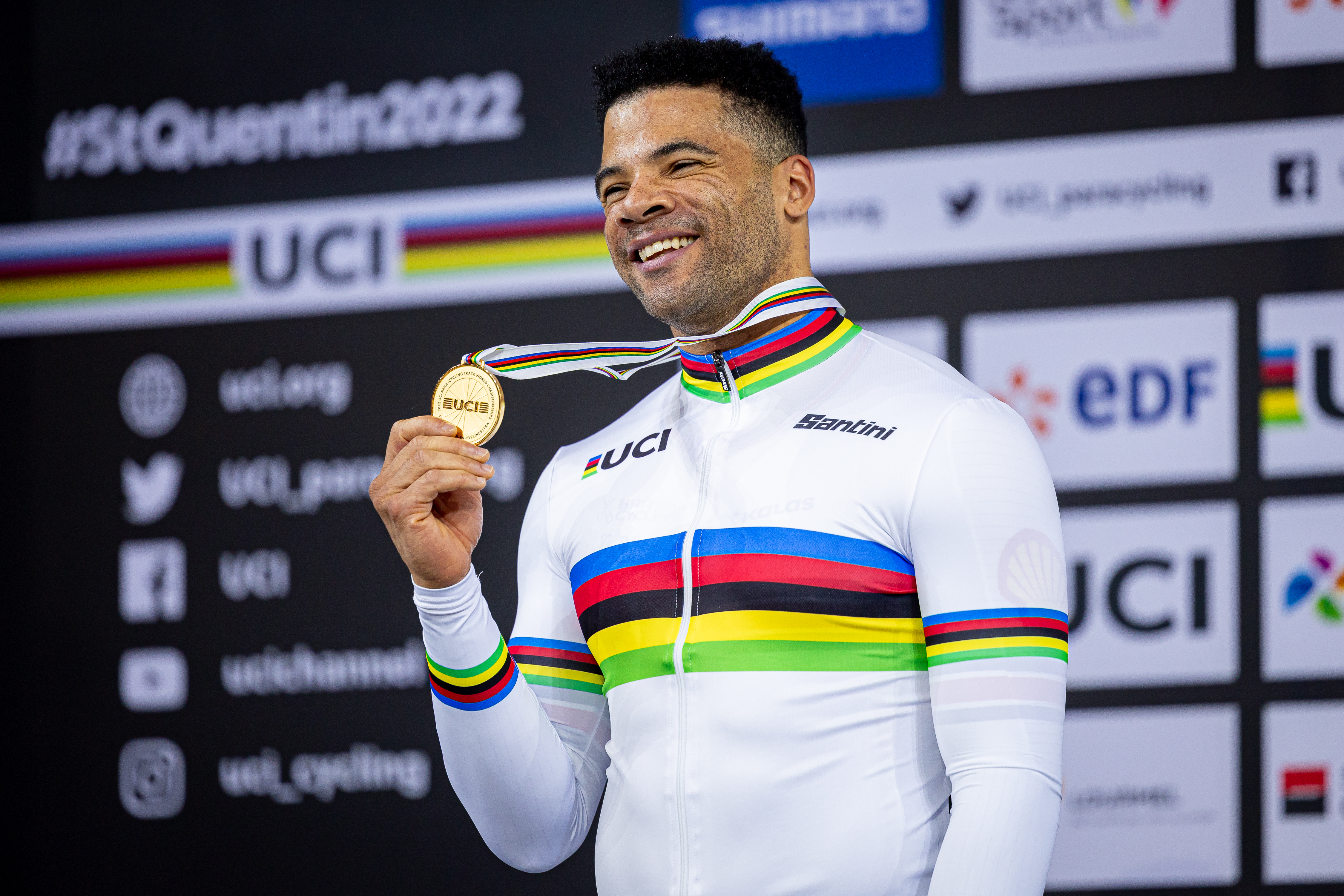 Urgent search launched for British Paralympian reported missing in Las Vegas
Urgent search launched for British Paralympian reported missing in Las VegasGB para-cyclist Sam Ruddock was last heard from on 16 April
By Tom Davidson
-
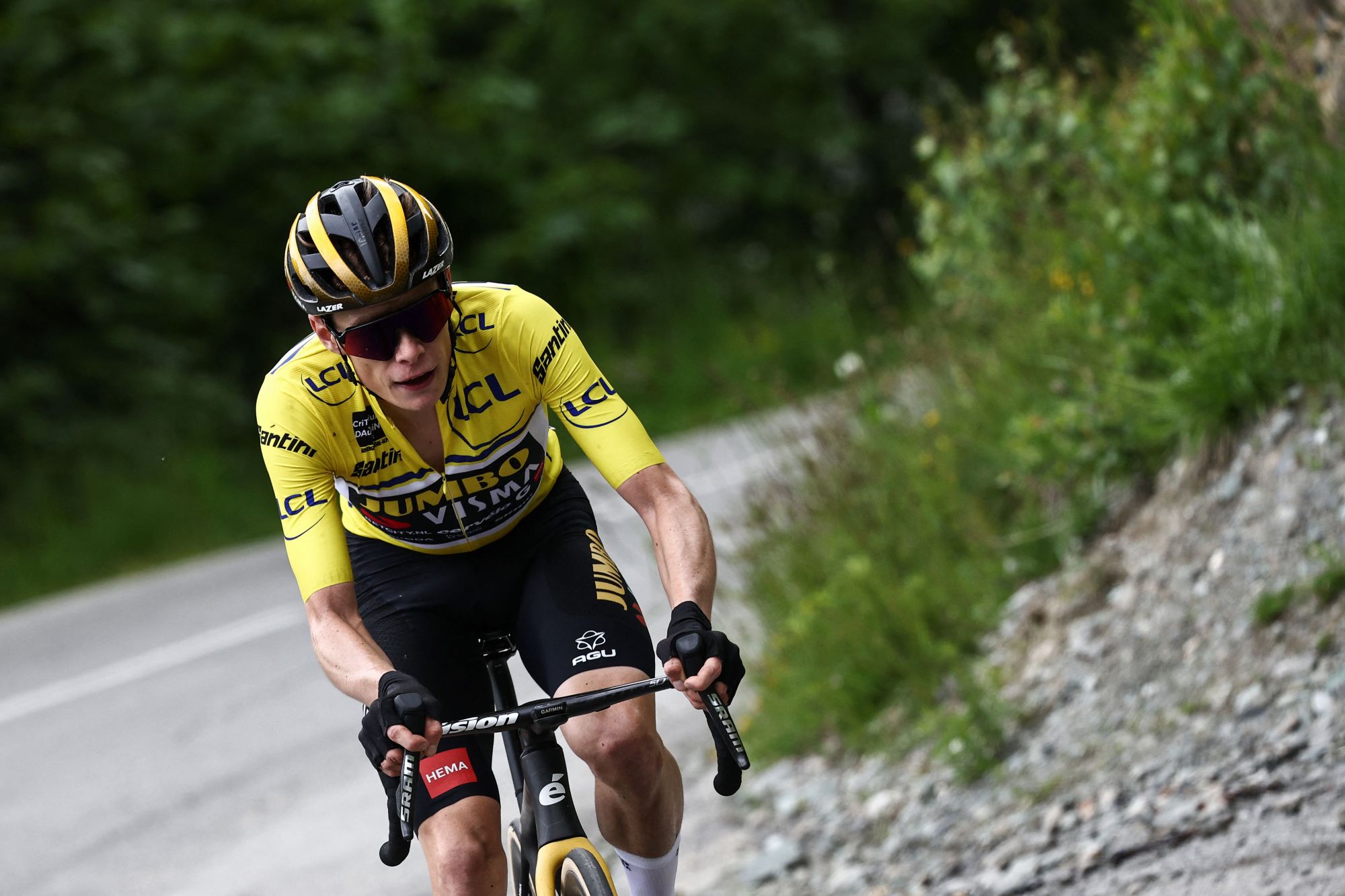 Jonas Vingegaard confirms race schedule ahead of Tour de France
Jonas Vingegaard confirms race schedule ahead of Tour de FranceDanish climber will only ride the Critérium du Dauphiné in June, but will take part in two altitude camps
By Tom Thewlis
-
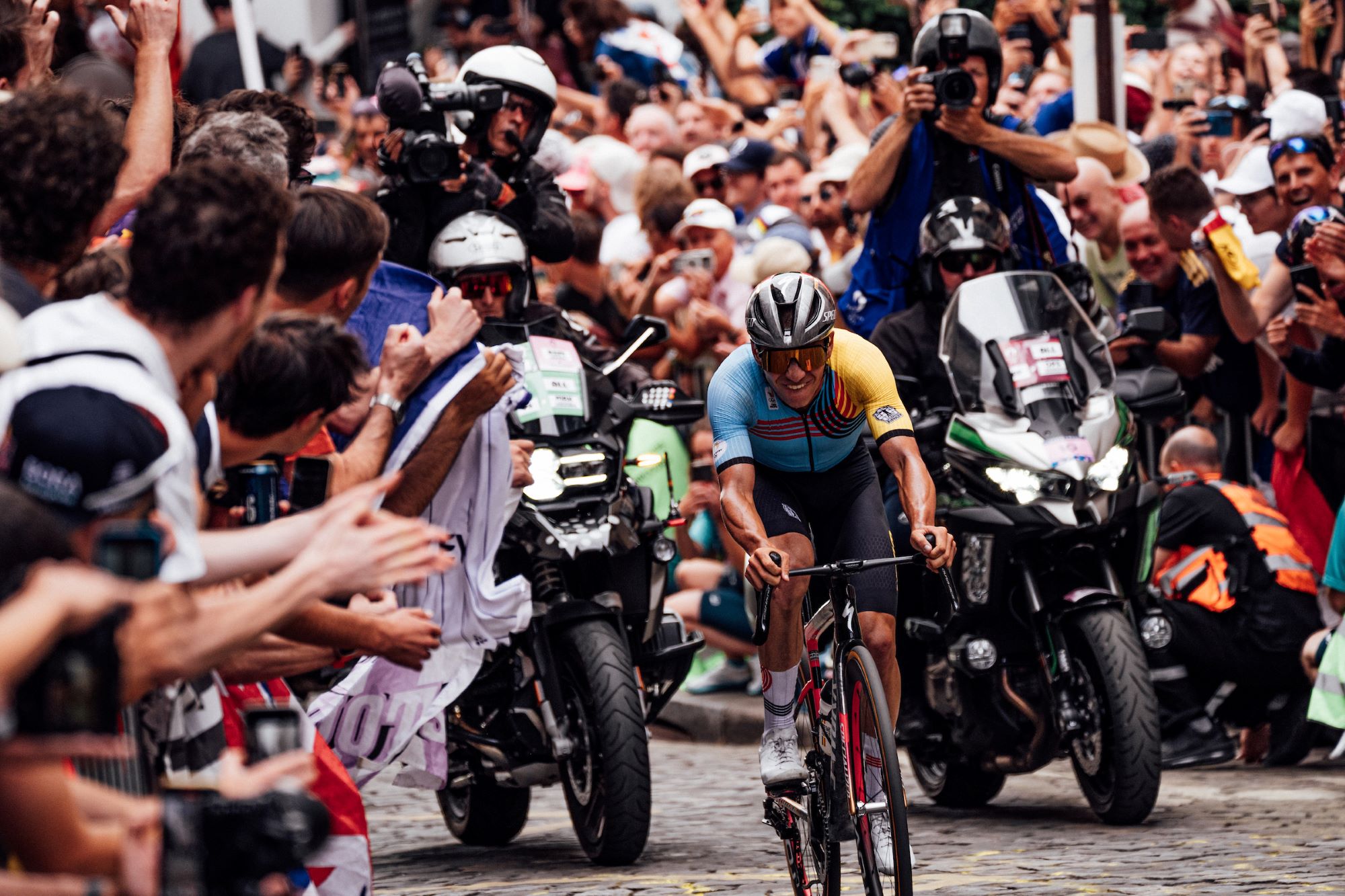 Remco Evenepoel hails end of 'dark period' and announces racing return
Remco Evenepoel hails end of 'dark period' and announces racing returnOlympic champion says comeback from training crash has been 'the hardest battle of my life so far'
By Tom Thewlis
-
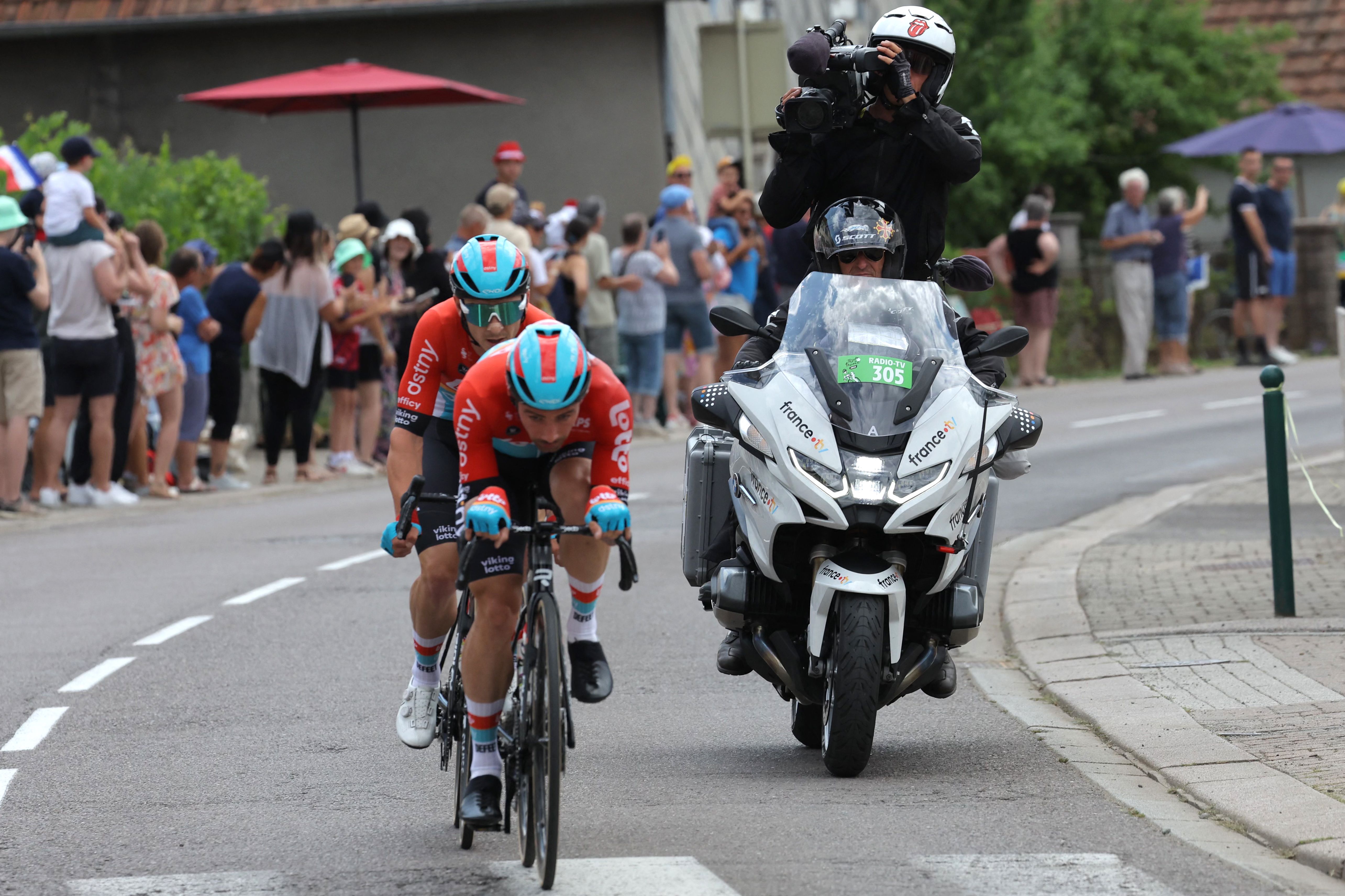 'We need to keep the biggest race in the sport free' - Petition calling for Tour de France to remain on free-to-air television reaches 10,000 signatures
'We need to keep the biggest race in the sport free' - Petition calling for Tour de France to remain on free-to-air television reaches 10,000 signaturesAs things stand, the Tour will be not be free to watch in 2026, but a petition is seeking to change the way it is categorised by the UK government
By Adam Becket
-
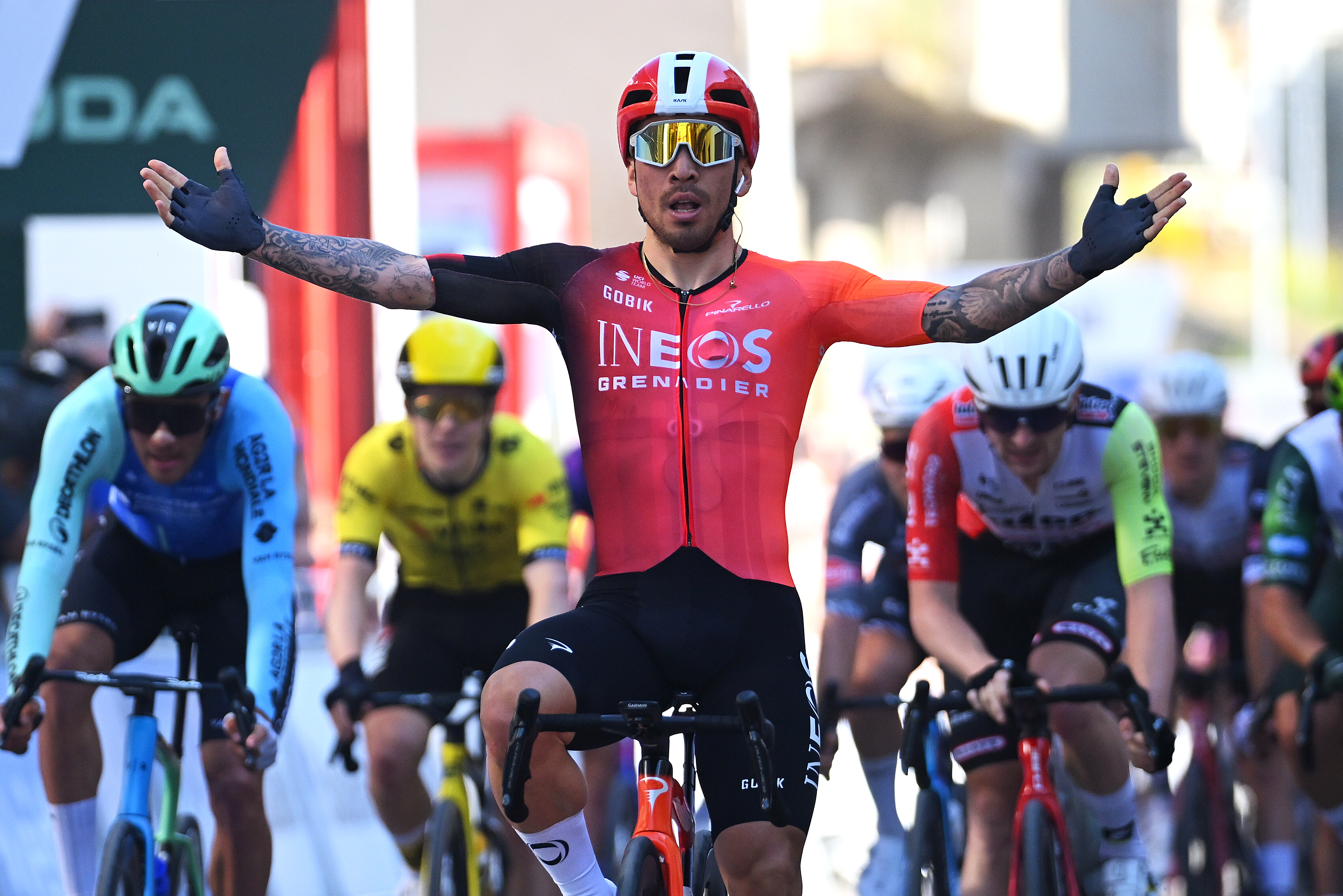 Could Caleb Ewan be Ineos Grenadiers' first Tour de France sprinter since Mark Cavendish? 'That's my goal'
Could Caleb Ewan be Ineos Grenadiers' first Tour de France sprinter since Mark Cavendish? 'That's my goal'"All I can do is try to win as much as possible and prove that I deserve to be there," says Australian
By Tom Davidson
-
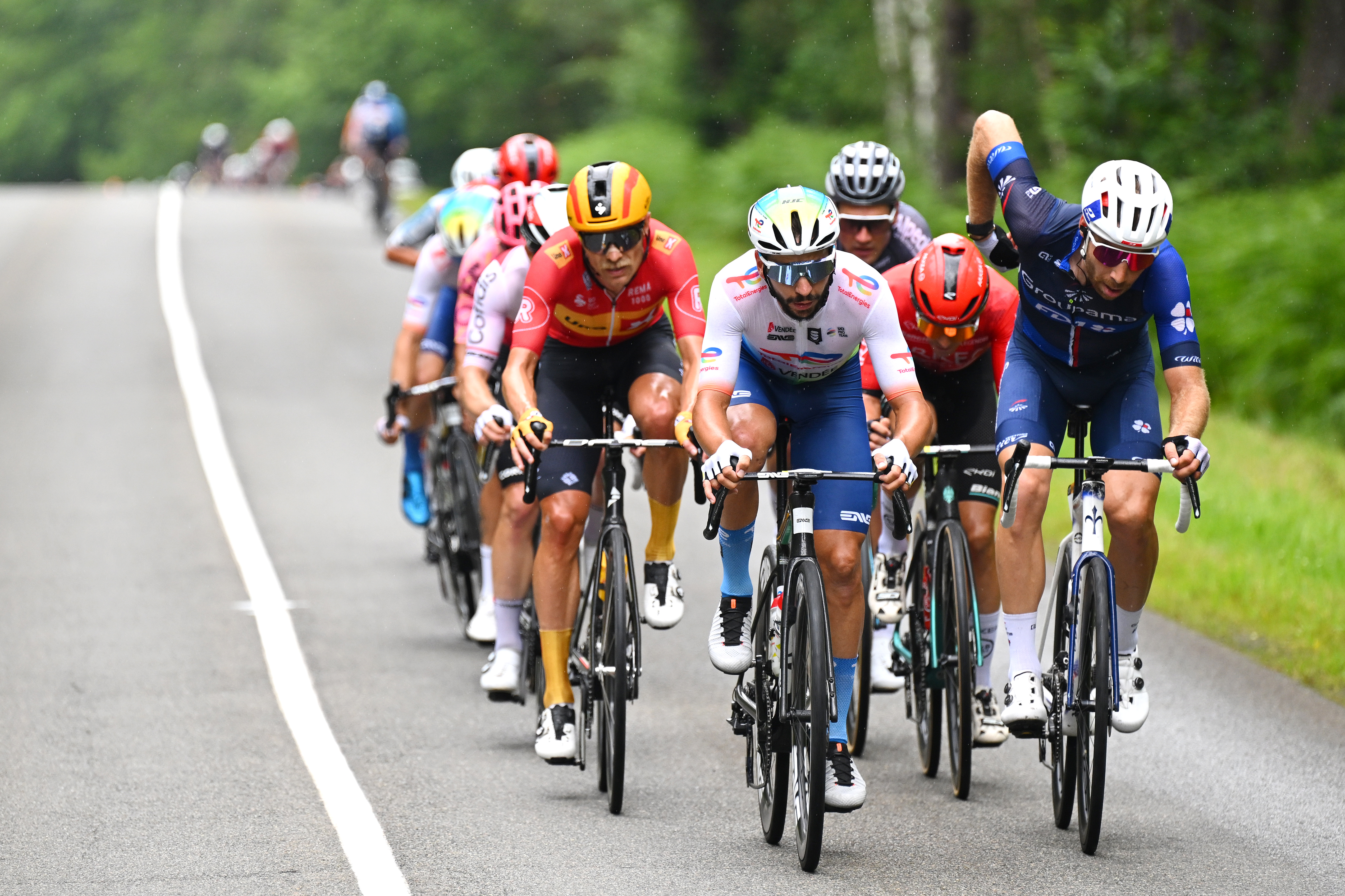 Extra wildcard team approved for Tour de France, Giro d'Italia and Vuelta a España
Extra wildcard team approved for Tour de France, Giro d'Italia and Vuelta a EspañaNumber of teams to increase from 22 to 23 at men's Grand Tours
By Tom Davidson
-
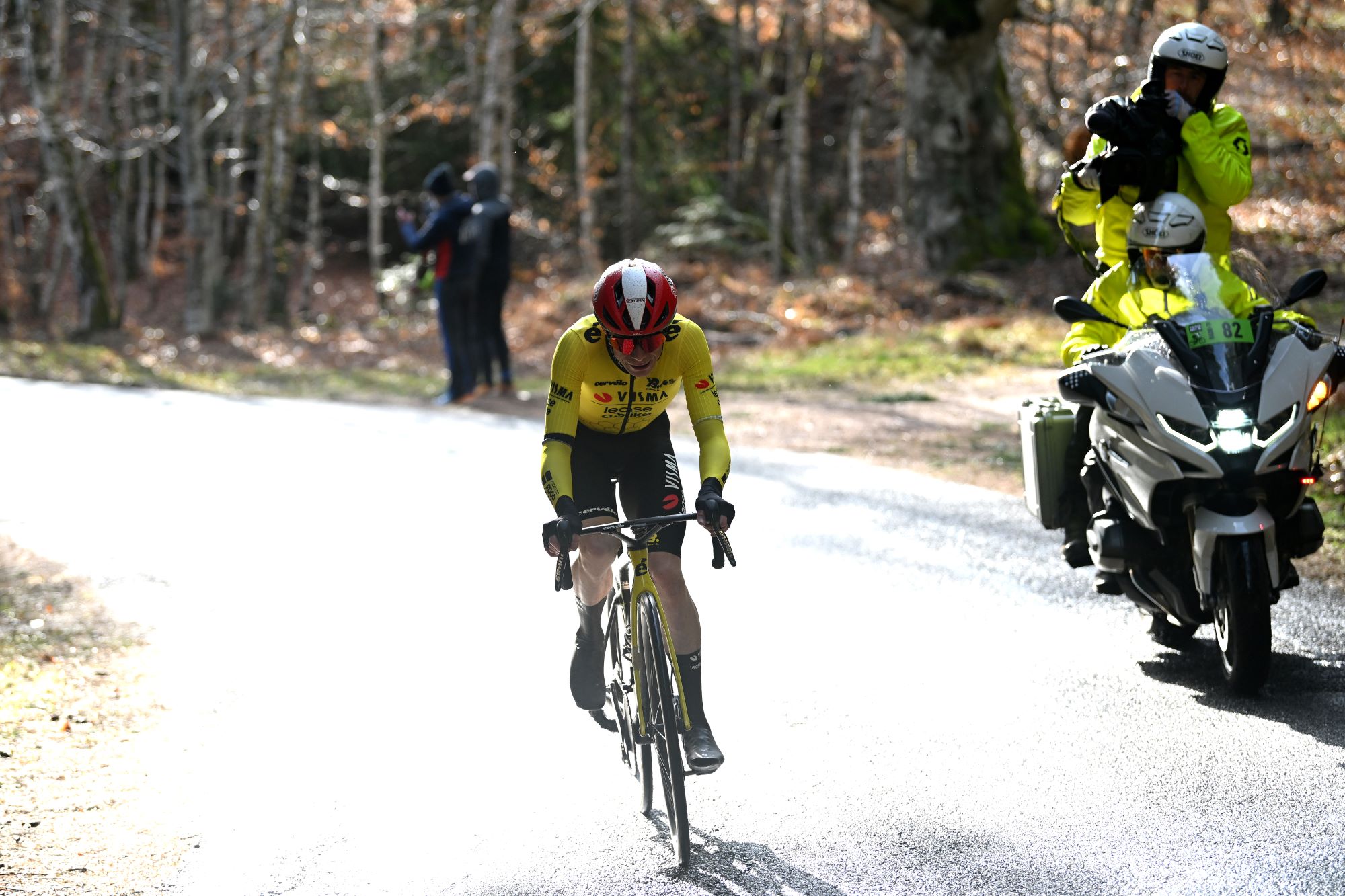 Jonas Vingegaard out of Volta a Catalunya after Paris-Nice crash
Jonas Vingegaard out of Volta a Catalunya after Paris-Nice crashVisma-Lease a Bike say two-time Tour de France winner needs more time to recover from wrist injury sustained in France last week
By Tom Thewlis
-
 'We've all got a little bit extra in us this year' - Ineos Grenadiers recapture 'fighting spirit' with aggressive Paris-Nice display
'We've all got a little bit extra in us this year' - Ineos Grenadiers recapture 'fighting spirit' with aggressive Paris-Nice displayBritish team continue to put tumultuous 2024 behind them with momentum and a new found mentality
By Tom Thewlis
-
 Matteo Jorgenson aiming to 'set the bar higher' and target a Grand Tour after securing second Paris-Nice title
Matteo Jorgenson aiming to 'set the bar higher' and target a Grand Tour after securing second Paris-Nice titleAmerican explained that targeting a win in one of the sport's biggest three-week races was now the logical next step in his career
By Tom Thewlis